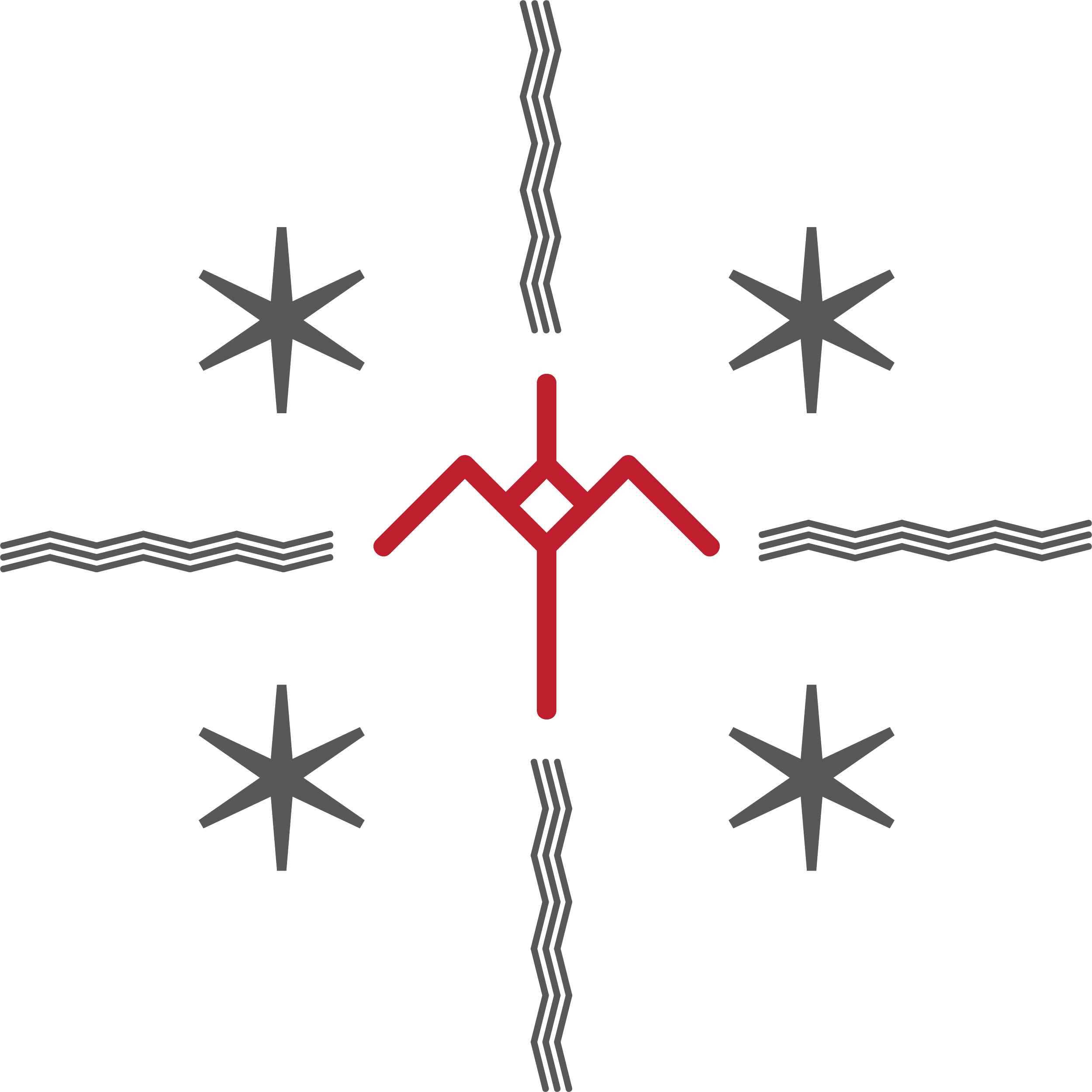Loverboys - A2 Print
Loverboys - A2 Print
Loverboys. Giclee print on 310gsm Textured, 100% Archival Cotton Rag, Cold White, Matte Finish. Limited edition of 100.
Traditional Māori art reflects the cultural heritage and spiritual beliefs of the indigenous people of New Zealand. Among the various elements embedded in Māori art, sexual expression stands out as a significant and culturally nuanced aspect. Unlike Western societies, where discussions around sexuality have often been taboo, Māori art seamlessly weaves sensuality into its intricate designs, telling a unique story of cultural identity and connection to the land.
The connection between sexuality and the land, or whenua, is also evident in Māori art. The land is considered sacred, and its fertility is mirrored in the fecundity of human life. Artistic representations often depicted intertwined figures and symbols, emphasizing the harmonious relationship between humanity and the natural world.
With the arrival of European missionaries in the early 19th century, a clash of cultures unfolded in Aotearoa (New Zealand). Christian missionaries sought to convert the Māori population to Christianity, bringing with them not only religious teachings but also European values, morals, and sensibilities. This collision between two vastly different worldviews had profound implications for Māori art, which was deeply intertwined with their spiritual beliefs and cultural practices.
Despite the challenges posed by Christian missionary influence, traditional Māori art demonstrated resilience and adaptability. While some elements were suppressed or altered, artists found creative ways to preserve their cultural identity. Subtle symbolism, hidden meanings, allows Māori artists to navigate a sometimes restrictive environment while preserving the essence of our cultural heritage.
Sexual expression in traditional Māori art transcends mere representation; it serves as a cultural conduit, reflecting the interconnectedness of humanity, the land, and spirituality. By embracing sensuality in their art, Māori can celebrate the beauty of life and the continuity of our rich cultural heritage. As discussions around sexuality become more open and inclusive globally, the unique perspective of toi Māori serves as a reminder that cultural diversity enriches the collective human experience.

